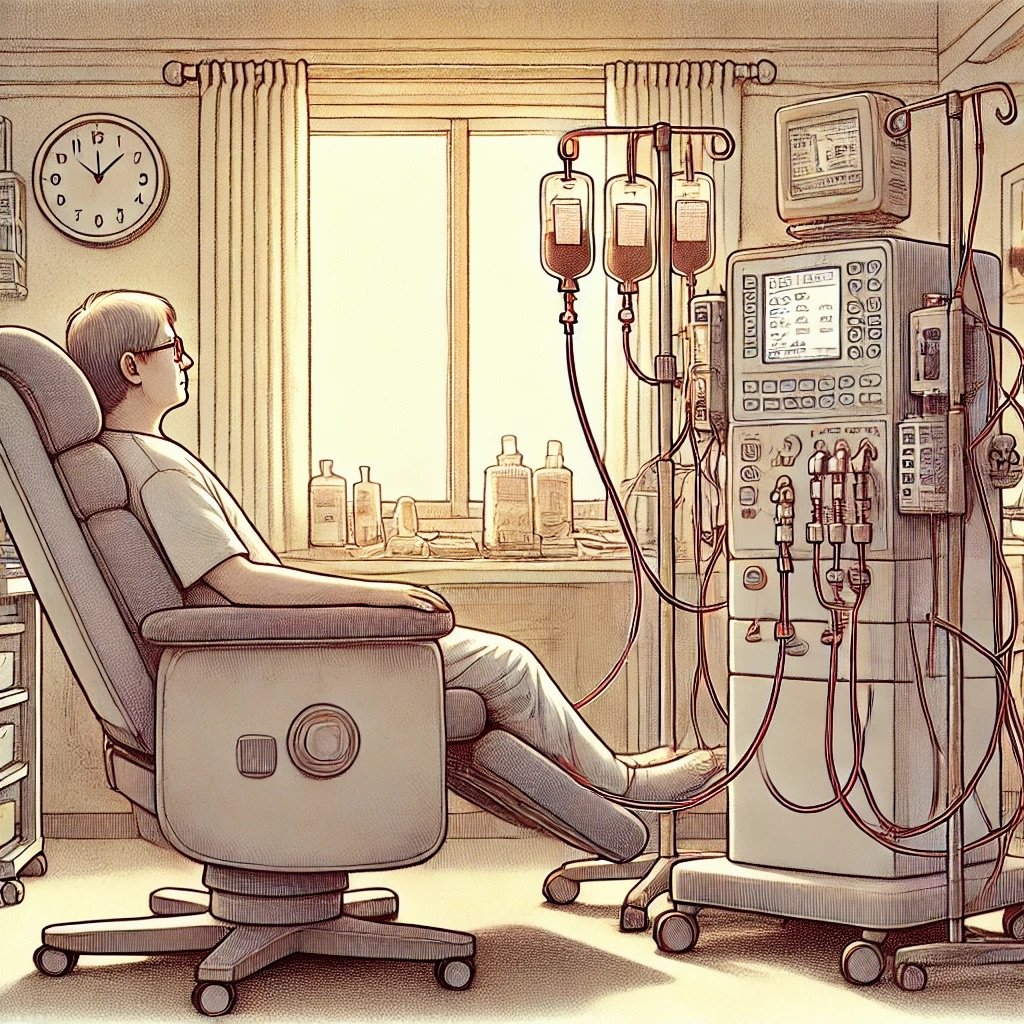
Dialysis Backflow Incident
The Incident:
In 1982, a tragic backflow incident occurred at a large medical center, leading to the contamination of dialysis machines with ethylene glycol (antifreeze). This contamination resulted in the deaths of two patients. Despite having a backflow prevention program in place, a cross-connection involving the hospital’s air conditioning system allowed a glycol/water mixture to enter the hospital’s potable water supply, causing severe contamination.
What Happened:
The problem started when a manually operated valve in the hospital’s cooling system was left slightly open, permitting a glycol-laden water mixture from a holding tank used for air conditioning to flow into the hospital’s water supply. This tank was designed to keep the glycol mixture ready during cold weather to prevent freezing. When the valve was left partially open, and system pressures equalized, the contaminated mixture backflowed into the main water lines due to backpressure. A drop in water pressure from regular use, like a faucet or toilet, further allowed this contaminated water to reach the dialysis machines. The hospital’s water purification system, designed to handle trace chemicals, could not remove the high levels of glycol, exposing patients to the toxic substance.
The Cross Connection:
The cross-connection occurred because the cooling system’s holding tank, containing the glycol mixture, was connected to the hospital’s potable water supply through a manually operated valve. This valve was inadvertently left open, creating a direct pathway for the toxic mixture to enter the water system when pressure conditions changed.
Consequences and Actions Taken:
Several patients experienced symptoms such as drowsiness, confusion, and unconsciousness. Despite emergency treatment, two of the six affected patients succumbed to the contamination—one the following day and the other 16 days later. This incident highlighted significant flaws in the medical center’s cross-connection control practices.
Prevention Lesson:
This incident underscores the vital need for stringent cross-connection control in medical facilities, where even minor lapses can lead to catastrophic outcomes. Proper measures, such as installing an air gap or a Reduced Pressure Principle Backflow Preventer (RPZ), would have prevented the glycol from entering the hospital’s potable water supply. Medical centres, especially those using sensitive equipment like dialysis machines, must prioritize the installation, maintenance, and regular inspection of backflow prevention devices to safeguard against hazardous cross-connections.
This story, originally written by Watts in "Backflow Case Histories and Solutions," has been summarized to highlight the key points and outcomes.
